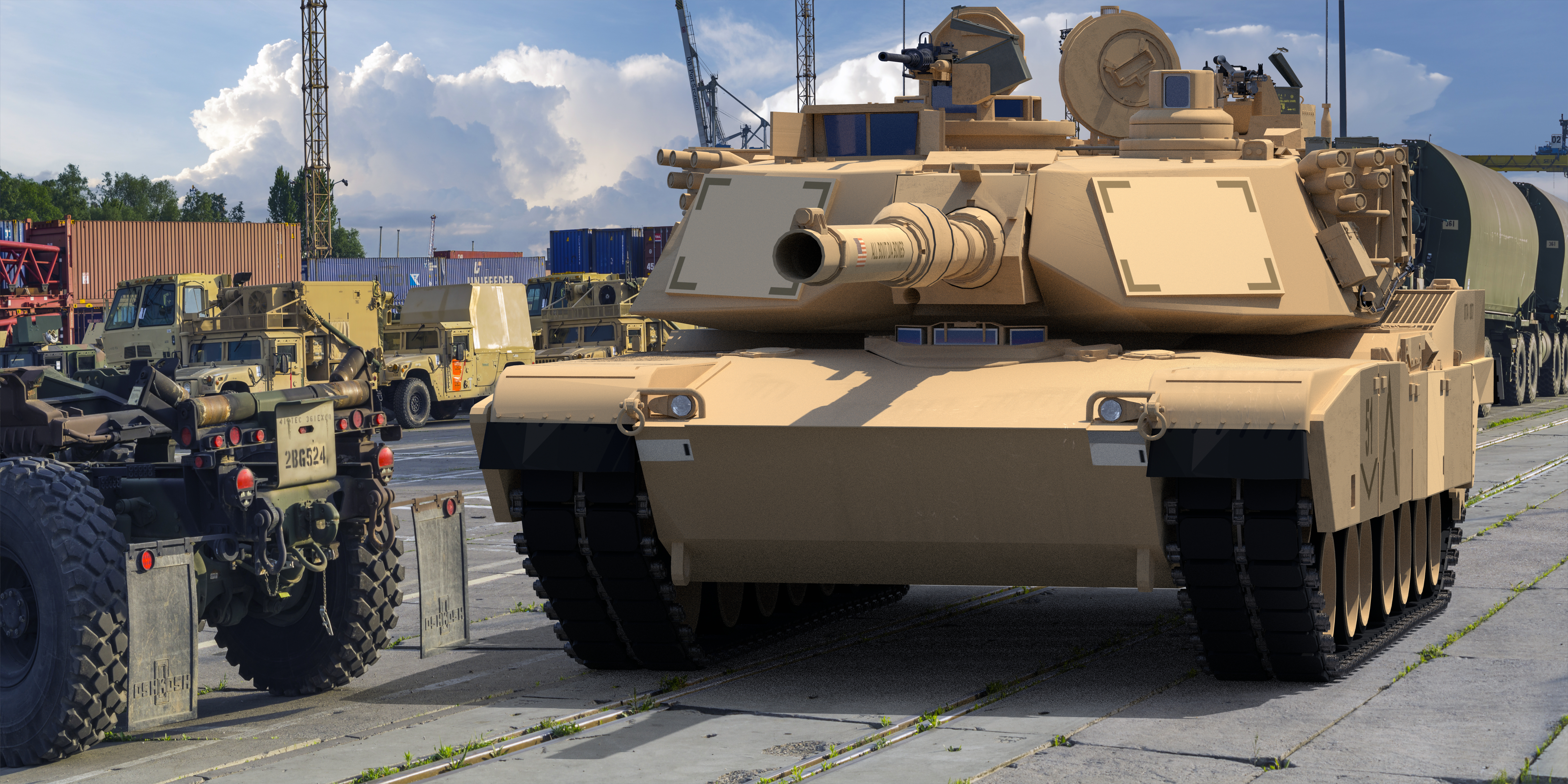Building the Future
See our New Products:
Autonomous Area Clearing Vehicles
Robotics, Artificial Intelligence, and Machine Learning
Triton Systems has a lengthy and enviable track record in developing, enhancing, and applying robotics solutions to protect military and commercial airfields, remove underwater obstacles, and protect assets and personnel in dangerous environments. Our efforts have focused on autonomy, logistics and operational efficiency.
- Foreign Object Damage Mitigation – Aircraft sustain damage and personnel face unnecessary risks and injuries if aircraft ingest foreign objects on runway surfaces or encounter enemy fire. Triton’s autonomous robotic solutions detect and remove/relocate foreign object debris to increase airfield operational efficiency while lowering risks to personnel, reducing aircraft down time, and minimizing repair/replacement costs.
- Crawling Amphibious Breacher (CRAB) – Triton develops autonomous vehicles that remove underwater obstacles and landmines to enable beachhead landings without casualties or asset damage arising from underwater mines.
Communication Systems
For defense agencies and aerospace companies, Triton continues to refine and enhance optical and RF systems that enable encrypted ground-to-ground, ground-to-space, and space-to-space communications – even in RF- and GPS-adverse environments.
For example, for harsh environments where RF and GPS communications can be disrupted, Triton is developing new communication methods that enable aerial vehicles to communicate securely via optical signals. Our developments span power-efficient optical-signal generation, optical-signal lock, and acknowledgment with continued communication while vehicles move relative to each other.
Guidance, Navigation Control, and Environmental Modeling
Triton offers defense and logistics organizations new ways to efficiently move mission vehicles over, under, or around obstacles. In addition, we can monitor and report on atmospheric composition.
- Transforming Robot for Terrain and Obstacle Navigation (TROTON) – Triton is creating mission-adaptive, autonomous, self-reconfiguring, unmanned bimodal ground vehicles to travel over, under, or around natural or manmade obstacles to reach geographic destinations where they can deploy sensors to gather and relay data.
- Automated Tick Collection – Conventional means to collect ticks and other harmful species can expose personnel to injury and medical risks. Our semi-autonomous vehicle and tick collection system uses attractants and belt-driven collection to remove ticks from a specific area for subsequent analysis by entomologists.
Projectile Monitoring/Certification Systems
Inaccurate recording and reporting of rounds fired could result in failure of the weapon platform and potential injury to the operator. An inaccurate calibration of a weapon platform could adversely influence field performance and risk the operator’s life. Triton technology accurately reports rounds used in crew-served weapons and muzzle velocity for weapon calibration to reduce risk and increase operational efficiency. Triton solutions can characterize ejecta from explosions, determine and communicate projectile velocities, and provide accurate assessments of rounds fired from weapon platforms.
- Crew-Served Weapons – Triton developed a COTS-based system for crew-served weapons to ensure accurate counts of rounds fired.
- Real-Time Muzzle Velocity – Triton developed e-field technology to measure round velocity from a rifle barrel and transmit this data to the operator’s ballistic weather monitor to show accurate projectile velocity.
- Transient E-Field – Triton is developing technology to characterize explosives.
Sensor Data Fusion
For government agencies, scientific institutions, and commercial operators (e.g., offshore wind sites), Triton offers solutions to record event data, interpret results, and report findings to improve operational capability.
Consider, for example, expensive submersible assets can drift hundreds of miles, complicating their retrieval. Triton’s OpenORB® is a submersible asset-recovery beacon that submerges and surfaces with the asset. Upon surfacing, it securely sends out precise location and time stamp data to reduce recovery time and cost.
MARKET IMPACT
RELATED MARKETS

